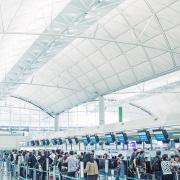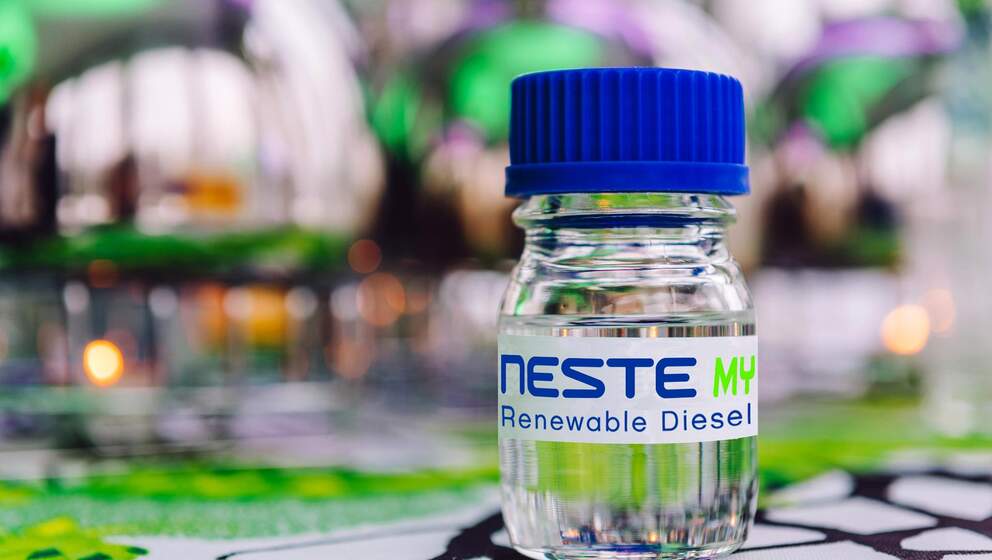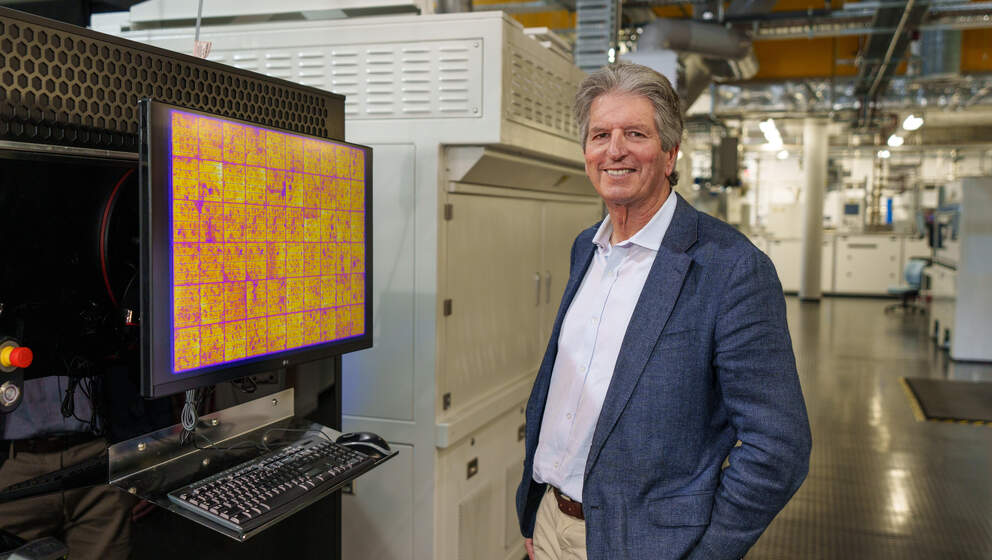How do we work together to share the responsibility for creating sustainable aviation?
Aviation has environmental impacts ranging from the global to the local, from atmospheric contributions to climate change to local noise or health impacts around airports. Creating a sustainable future for aviation, and limiting its impact on the climate and on communities, is a shared responsibility. But how do we work together to achieve it?
Aircraft manufacturers, airlines, suppliers, contractors, airports, regulators, employees, passengers, and those who live and work near airports all need to be involved in making aviation more sustainable. Five key issue areas are currently the most prominent:
sustainability of fuel sources and a shift towards biofuels, with a view towards an electric aircraft future
fuel efficiency and the goal of reducing emissions, together with ensuring that at-altitude emissions cause least harm
immediate environmental impacts to people in and around airport areas from noise, pollution and traffic
reducing inflight waste while increasing inflight recycling, but with notable biosecurity restrictions in many jurisdictions
increasing recycling and recyclability of aircraft, cabins, seats and systems
It is crucial to consider a multi-pronged approach to increasing the sustainability of aviation — but also to inspire and partner with passengers to make sustainable choices.
Fuel source sustainability within aviation is an area where the industry has been showing some good progress using raw materials such as jatropha, camelina, algae, brassica carinata, waste vegetable oil, and other sources. Airlines have for a decade now been carrying out proof-of-concept first-generation biofuels demonstration flights or single-shot commercial services, yet to date there is little will from passengers to pay for these environmental advantages.
There are concerns, too, about the sustainability of some plant-based fuel sources, and it will be crucial to answer these questions as second-generation biofuels come into play. With climate change putting pressure on arable land, plus water and food insecurity increasing, passengers will want to be reassured that their biofuel does not come from unsustainable sources.
Passengers may find reassurance in existing or new sustainable development kitemarks, and this may also be a useful way to draw environmental pressure groups into creating sustainable solutions. For their part, fuel providers, airlines and regulators will need to ensure sustainability of sourcing, production and certification of biofuels. And sustainable fuel does not necessarily mean sustainable emissions, nor are electric aircraft a panacea for environmental impact.
Fuel efficiency and emissions reduction is presently driven primarily by economics and secondarily by environmental concerns. New generations of engines — such as those powering the Airbus A320neo, A330neo and A350, Boeing 737 MAX, 787 and 777X, Bombardier CSeries, Embraer E-Jet E2 and other aircraft — produce lower emissions of noise and pollutants.
Yet many airlines maintain large fleets of older aircraft. This may not be an overall negative, since the carbon cost of maintaining older airframes vs producing new planes needs to be accounted for, but the falling price of oil has certainly contributed to a lack of price pressure on efficiency.
More research is needed, too, into the effects of and mitigation opportunities for emissions, whether at altitude or at airports. For their part, passengers know that new aircraft tend to be nicer to fly in, but they do not seem to be responding to airlines’ messages about their sustainability benefits. What can be shown within the booking process, for example, to highlight a greener way to fly?
Immediate environmental impacts from aviation are often clear, but are externalities to the industry. They include noise, pollution and traffic congestion near airports, particularly where older airports have been upgraded but have also drawn workers to live nearby, but also in new Aerotropolises where people and businesses have been encouraged to live and work.
Again, new aircraft can reduce the impact, but so can changing business processes in aviation like paths for descent, landing, takeoff and climb. How can airlines engage passengers to pressure authorities to adopt these new sustainable changes? Adding public transportation options to airports can also benefit these communities — not just from having better transport links, but in reducing the environmental impact of the airport and aviation activity.
Indeed, from an local and indeed global emissions point of view, does it make more sense to spend money on integrated airport and urban transportation to reduce car usage, or to spend the same amount of money on addressing aviation’s independent impact?
Inflight waste and recycling, in the context of biosecurity, is complex. Many airlines, caterers and ground handlers are doing excellent work in reducing, reusing and recycling used cabin service items in order to reduce environmental impact.
Airlines can also achieve corporate social responsibility goals by redirecting items to charitable destinations. Unused but still edible food — often shelf stable items — can go to food banks or shelters, while amenity kits can be redirected to centres for vulnerable people. What can airlines do in terms of giving passengers options to direct their unwanted cereal bar or other food item to a worthy cause?
Further, many international flights have restrictions on recycling or processing waste in ways other than incineration, for reasons of biosecurity. While the sustainability goals of biosecurity are clear, there is work to be done by environmental regulators and the industry on taking risk-based approaches and balancing these competing priorities.
Recycling of aircraft, cabins and seats is a growing business, and is prominent in passengers’ awareness: the #avgeek cool factor lives! Airliners have long been turned into the proverbial beercans, but an increasing number of items from the cabin can see a second life, whether it’s flight attendant uniforms becoming carpet, safety vests being turned into upcycled bags, or seat fabric becoming shoes.
But new materials, whether carbon fibre, fireproofing or machine-made leather, have different carbon footprints and recycling markets, whether better or worse for sustainability. Stimulating markets for these materials is key for the industry, for regulators, and even for the general public. How can passengers’ interest in vintage aviation souvenirs, collectibles and other items be leveraged into action on other parts of the sustainability agenda?
Inform, inspire and involve
Achieving a sustainable aviation industry will require action on the part of many groups, and a key action is to inform, inspire and involve passengers. Increasing awareness of environmental issues, together with giving passengers real options to make more sustainable choices when they travel, is the challenge.
Passengers currently barely consider sustainability when booking a flight, with a few carbon offsetting schemes squeezed into a box-ticking exercise between car rental and travel insurance. Raising awareness of the issues and options around sustainable travel will be vital — but so is a realistic understanding of the impacts that travellers can make.
Indeed, there are questions as to whether or not there is a greater impact in infrequent travellers making sustainable choices in aviation or elsewhere in their lives — not least because travel for work and leisure itself generates positive outcomes.
And as electric vehicles on the ground and in the air become commonplace, it will be crucial to ensure that the impact of battery and electricity production are taken into account, and to concentrate limited production resources where they can do the most overall good.
Many issues need to be addressed in any sustainable aviation strategy, and it is unlikely any is a silver bullet. It’s important for the industry — and other interested parties, including especially governments whose role is to reduce barriers to sustainability and incentivise environmental benefits — to work together to maintain focus in each area, while also ensuring that the most work is being done where there can be the most impact.





